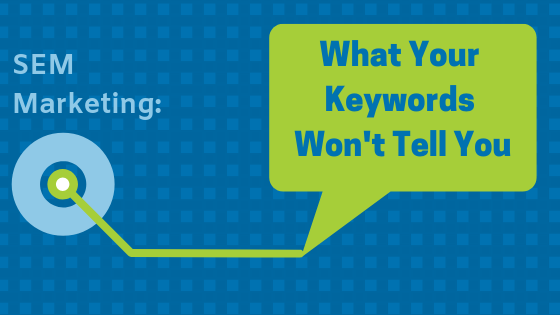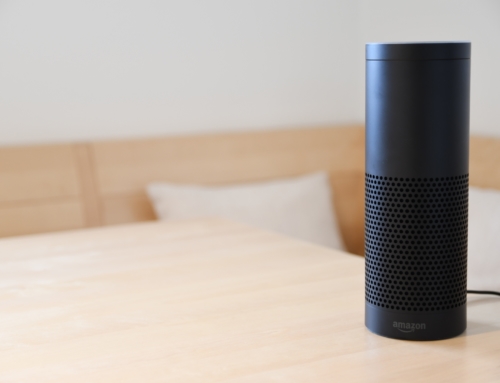SUBSCRIBE TO THIS FINANCIAL MARKETING BLOG
DOWNLOAD OUR FREE DIGITAL WHITE PAPER
There are many ways to go about setting up a great Search Engine Marketing (SEM, PPC or keyword marketing) campaign. The flexibility that marketers have in finding unique ways to hit the right internet searchers through broad, exact, and phrase matches is great. Not to mention the keyword modifiers that can be put in place to cast a wider net.
Overall, SEM campaigns are driven off of intent-based searches being done by consumers looking for something specific. Or, to check out what the competition is doing. Not saying I do that. (Or click on ads of national bank brands to cost them money.) But even the best selection of keywords for your SEM campaign won’t necessarily give you everything you want. There are still ways that non-relevant traffic, or people who are looking for something entirely different from what you have to offer, will find their way into your results. This can cost you precious advertising budget dollars.
There are two ways to go about targeting your SEM campaigns beyond keywords that will make them more budget efficient, focused and relevant for your audience.
Campaign Analysis
Every SEM campaign goes through a 2-3 week learning period when the campaign launches. This period is letting Google collect as much consumer data for your campaign as possible so that the algorithms will target the ads the best they can in the future.
Quick note: when you set up your campaign in Google Ads, make sure you also have your Ads account linked to Google Analytics, and that the “All Users” audience is setup under Audience Definitions in the Admin panel. Then import the audience into Ads for that campaign.
After that learning period expires, select the campaign you’d like to work on and visit the Audiences page in Google Ads. From there, click into your All Users audience. With the help of Audience Manager, you’ll be looking at all kinds of information about the people who are interacting with your campaign. From there, the decision is up to you! Target who you want looking at your ads and exclude audiences that are not relevant to your campaign.
Campaign Setup
The second way to create more relevant targeting is during the setup of your SEM campaign. This strategy is especially useful if you have performed market research for what you are advertising or have run similar campaigns in the past and have data that you can draw on. There is also the idea that you can run two campaigns for the same or similar products side-by-side and A/B test the results with the targeting.
During campaign setup, you can target audience groups in the Ads platform while also excluding other, non-relevant audiences. Therefore, only consumers that both fit into that audience group and are searching for the keywords you are bidding on will be presented your ads.
The Big Advantage
One of the advantages of constructing your SEM campaigns in this manner is that this strategy easily carries over to more areas of your digital marketing. By targeting your SEM ads by audiences, you can ensure that your brand recall is strong with consumers by selecting the same audiences for display ad campaigns, video marketing campaigns and remarketing campaigns.
Implementing a rounded-out strategy such as this takes a very holistic approach to your digital marketing efforts. It increases the probability that Google’s algorithms are going to find the most relevant people for your product and that they will convert to do business with you.
For more information on audience targeting, drop me a line!






